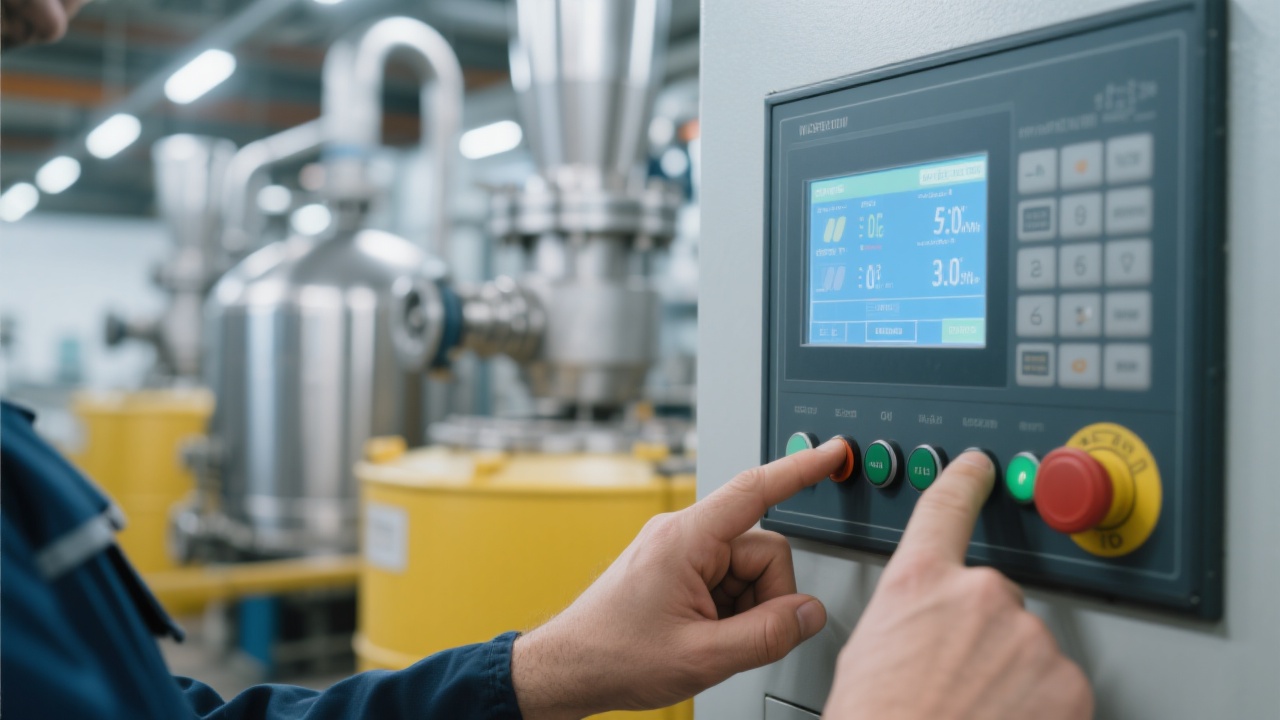
In the years of engaging with the food processing industry, I've noticed that the most common pitfalls for small - scale sesame oil producers, especially those in home workshops, are improper equipment selection and poor maintenance. These issues often lead to problems such as low production efficiency, sub - standard oil quality, and frequent equipment breakdowns. Let's delve into how to make the right choice and maintain your small sesame oil press effectively.
Before purchasing a sesame oil press, you need to estimate your daily or monthly production volume. For example, a small home workshop that supplies local markets might only need to produce 50 - 100 liters of sesame oil per month. In contrast, a slightly larger small - scale enterprise could aim for 500 - 1000 liters. A user from a small town in the Midwest, USA, initially bought a high - capacity press but found it too costly to operate due to low demand. He later switched to a smaller, more suitable model, which saved him 30% on energy costs.
Cold - pressing is a method that extracts oil at low temperatures (below 60°C). This process preserves more nutrients and natural flavors in the sesame oil, making it popular among health - conscious consumers. However, the oil yield is relatively low, usually around 35% - 40%. On the other hand, hot - pressing involves heating the sesame seeds before extraction, which can increase the oil yield to 45% - 50%. But it may also destroy some of the nutrients. A small business in Canada switched from hot - pressing to cold - pressing and saw a 20% increase in customer satisfaction, despite the lower yield.
There are mainly two types of motors for sesame oil presses: single - phase and three - phase. Single - phase motors are more suitable for small home workshops with lower power requirements, while three - phase motors are better for larger - scale production due to their higher power and stability. A user in India reported that after upgrading from a single - phase to a three - phase motor, the press's operation became 25% more stable, reducing the frequency of breakdowns.
Proper cleaning and maintenance are crucial for extending the lifespan of your sesame oil press. Here are five daily cleaning tips:

- Always turn off the power before cleaning or performing maintenance on the press.
- Wear protective gloves and goggles when handling the press to avoid injury.
- Do not touch the moving parts of the press while it is in operation.
If you encounter problems such as low oil yield or abnormal noise during operation, first check the raw materials, filter, and motor. In most cases, these issues can be resolved by simple adjustments or replacements. For example, if the oil yield is low, it might be due to a clogged filter or improper raw material moisture content.
Our sesame oil presses are renowned for their high - performance, durability, and excellent after - sales support. We offer a comprehensive warranty and 24/7 technical support to ensure your production runs smoothly. Have you encountered any issues with your current sesame oil press? Share your experiences in the comments below, and we'll send you three case studies of successful small - scale sesame oil production. Click here to explore our product range now!

